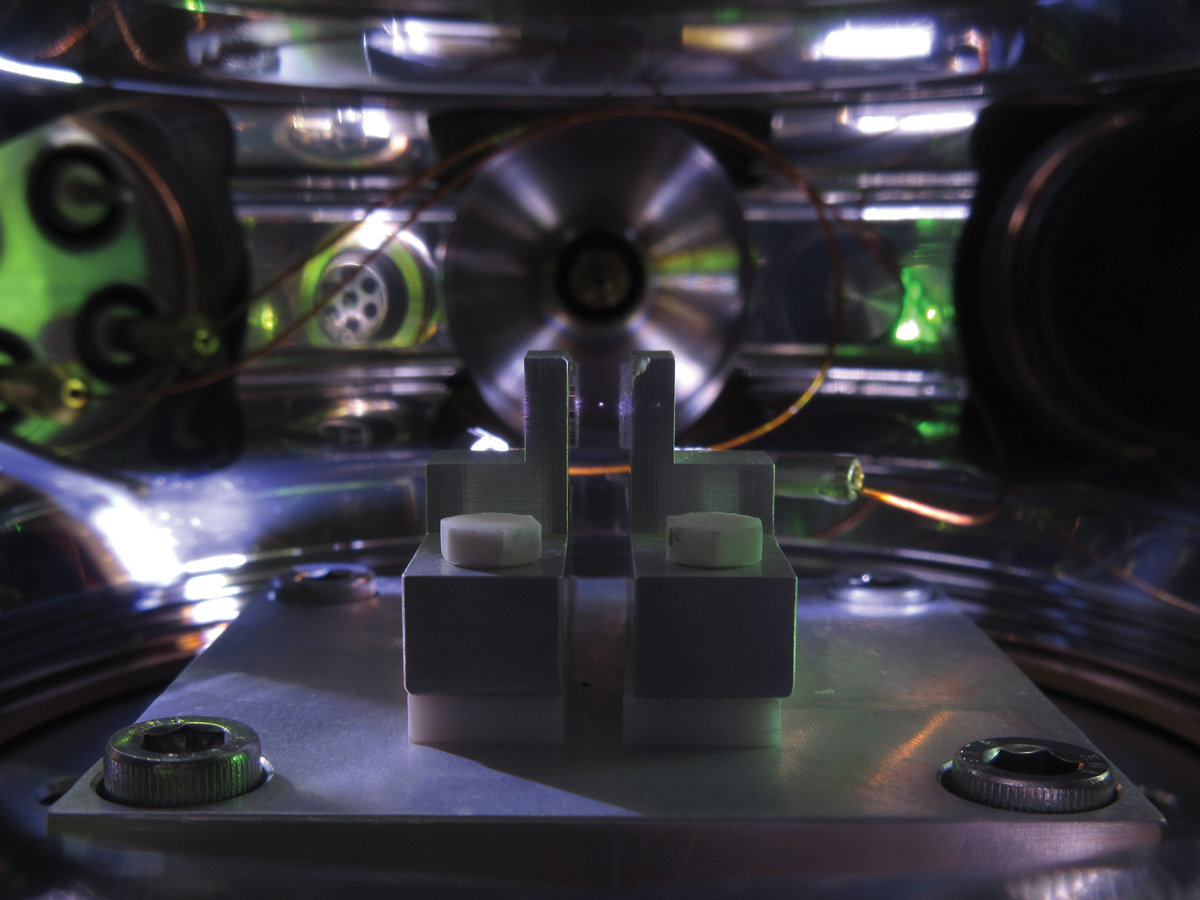
Scientists Accelerate Uranium Beam with Record Power
The Facility for Rare Isotope Beams opens a new research avenue and observes three new rare isotopes.

The Facility for Rare Isotope Beams opens a new research avenue and observes three new rare isotopes.

Nuclear physicists shatter a nearly 30-year-old record for the measurement of parallel spin within an electron beam.

Scientists have detected nuclear decay by observing the recoil of a dust-sized particle when a single nucleus within it decays.

A new calculation helps scientists understand how matter formed out of the hot, dense soup of subatomic particles created by the Big Bang.

Charge radii measurements of silicon isotopes test nuclear theories and guide descriptions of nuclear matter.

Researchers find that the quantum flavor and momentum states of the neutrinos in a supernova are strongly entangled through frequent interactions.

Simulations of massive neutron star merger remnants reveal their structure and early evolution as they cool down by emitting neutrinos.

New calculations confirm recent experimental results on the transition between the alpha particle and its first excited state.

Scientists use state-of-the-art hydrodynamical simulation codes for astrophysics to solve the dynamical equations for neutrino flavor.

Research finds ab initio effective field theories are useful for calculating how nucleons scatter from collisions of atomic nuclei.

From the microscopic world to the entire Universe, pressure and energy relate in a similar manner.

A significantly improved description of experimental results suggests the importance of presently unaccounted for phenomena in fusion.
Signup for the Office of Science’s GovDelivery email service, and check the box for the Nuclear Physics Program in your subscriber preferences.
Subscribe